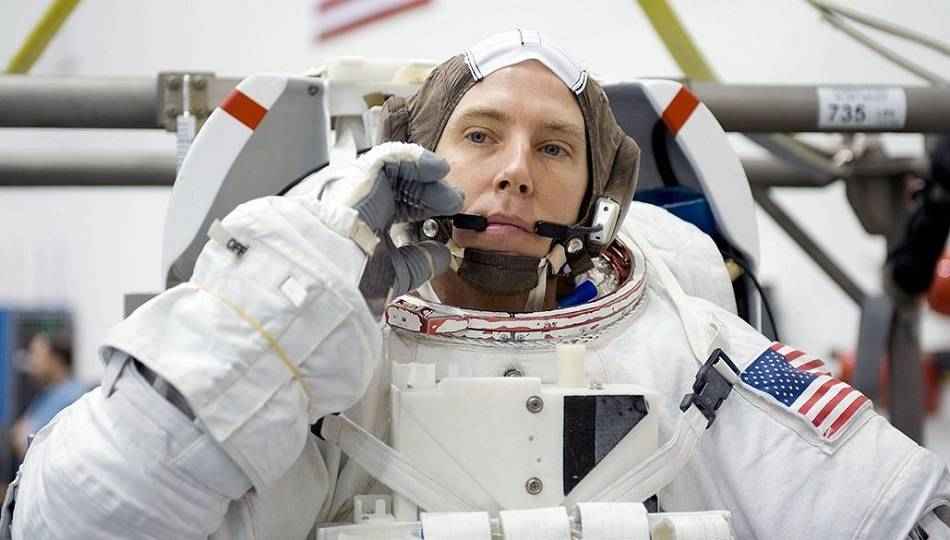 Highlight: US Vice President Mike Pence announced NASA will have to accelerate its plans of sending humans back to the Moon. NASA earlier was scheduled to send manned missions to 2028, now it has been accelerated by four years and the missions will start commencing from 2024. NASA plans to send astronauts to the Moon's south pole where scientists have discovered water. The United States plans to send manned missions to the moon’s surface in 2024, US Vice President Mike Pence announced on Tuesday. NASA earlier planned to send astronauts to the moon on 2028, but Pence said the original 2028 target was “just not good enough.” Donald Trump, in fact, reopened the National Space Council that was created in 1989 and disbanded in 1993 and made returning humans to the moon as official US space policy in 2018. The announcement made on Tuesday gives NASA five more years to get humans back to the moon. After the announcement, NASA Administrator Jim Bridenstine said in a statement, “President Donald Trump has asked NASA to accelerate our plans to return to the Moon and to land humans on the surface again by 2024. This time, when we go to the moon, we will stay. And then we will use what we learn on the Moon to take the next giant leap — sending astronauts to Mars.” As part of the new goals set by the National Space Council, NASA will have to “embrace a new mindset that begins with setting bold goals and staying on schedule.” NASA has to prepare for a crewed mission to land near the Moon’s south pole, where scientists believe, contains enough ice that can be used to support life. The last manned mission to the Moon took place on December 11, 1972 when the Apollo 17 took the first scientist to the moon. Three astronauts unloaded a lunar rover on the Moon and set up equipment to take samples from the lunar surface. Ever since then, there was no manned mission to moon. Most experts attribute the reason for abandoning manned missions to a shift in priorities and advancement of technology where probes and robots could do the same work humans would have done, without the risk of endangering human life. The renewed vigour to put humans back to the Moon is aimed at sending humans to Mars. Provided the manned missions to the Moon goes well, the next stop would be the Red Planet. Related Read: NASA's Orbiter observes water molecules moving around the Moon NASA recreates ingredients for life on ocean floor
Highlight: US Vice President Mike Pence announced NASA will have to accelerate its plans of sending humans back to the Moon. NASA earlier was scheduled to send manned missions to 2028, now it has been accelerated by four years and the missions will start commencing from 2024. NASA plans to send astronauts to the Moon's south pole where scientists have discovered water. The United States plans to send manned missions to the moon’s surface in 2024, US Vice President Mike Pence announced on Tuesday. NASA earlier planned to send astronauts to the moon on 2028, but Pence said the original 2028 target was “just not good enough.” Donald Trump, in fact, reopened the National Space Council that was created in 1989 and disbanded in 1993 and made returning humans to the moon as official US space policy in 2018. The announcement made on Tuesday gives NASA five more years to get humans back to the moon. After the announcement, NASA Administrator Jim Bridenstine said in a statement, “President Donald Trump has asked NASA to accelerate our plans to return to the Moon and to land humans on the surface again by 2024. This time, when we go to the moon, we will stay. And then we will use what we learn on the Moon to take the next giant leap — sending astronauts to Mars.” As part of the new goals set by the National Space Council, NASA will have to “embrace a new mindset that begins with setting bold goals and staying on schedule.” NASA has to prepare for a crewed mission to land near the Moon’s south pole, where scientists believe, contains enough ice that can be used to support life. The last manned mission to the Moon took place on December 11, 1972 when the Apollo 17 took the first scientist to the moon. Three astronauts unloaded a lunar rover on the Moon and set up equipment to take samples from the lunar surface. Ever since then, there was no manned mission to moon. Most experts attribute the reason for abandoning manned missions to a shift in priorities and advancement of technology where probes and robots could do the same work humans would have done, without the risk of endangering human life. The renewed vigour to put humans back to the Moon is aimed at sending humans to Mars. Provided the manned missions to the Moon goes well, the next stop would be the Red Planet. Related Read: NASA's Orbiter observes water molecules moving around the Moon NASA recreates ingredients for life on ocean floorfrom Latest Technology News https://ift.tt/2TDiDK2










